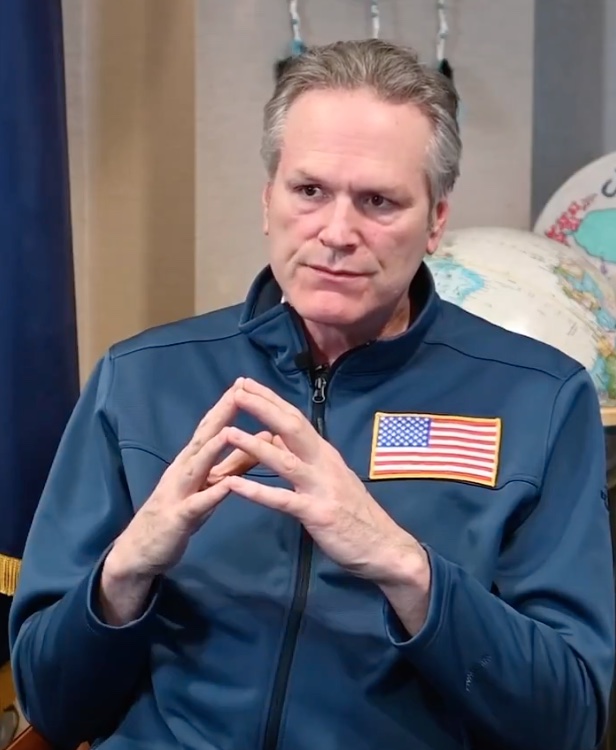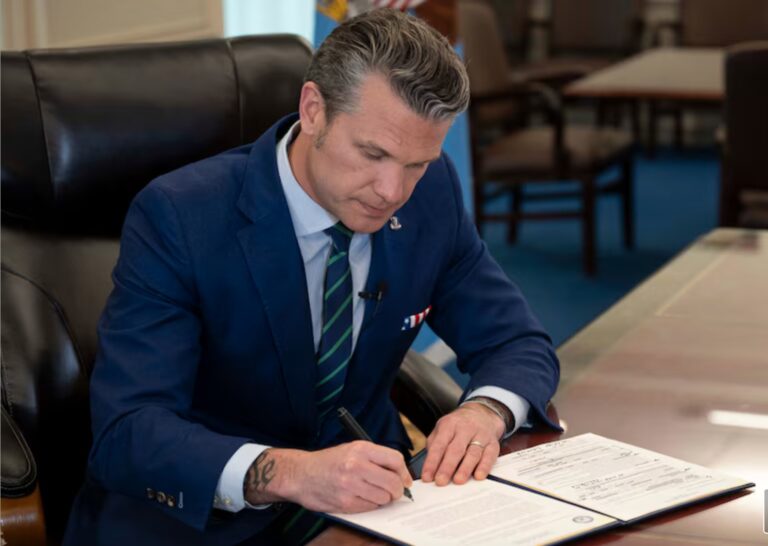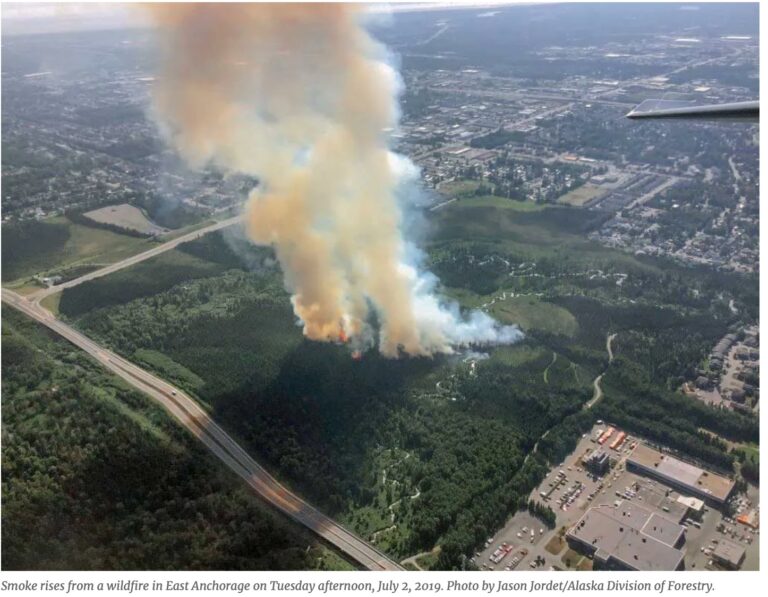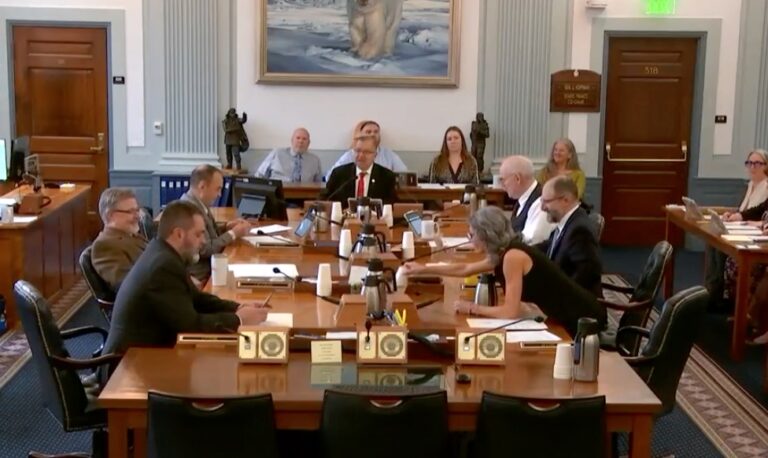Denali National Park and Preserve today officially opened the Park Road to private vehicle traffic as far as Mile 30, the Teklanika Rest Area.
This limited spring access is the result of recent warm weather and low snow levels, which aided road crews in their seasonal efforts to clear the route, the Park Service said.
While the road is open, conditions remain variable. Snow, ice, and muddy patches may still be present, particularly in shaded sections. The road will remain open to Mile 30, weather permitting, through May 19. On May 20, the park’s seasonal transit bus service will begin, and the road will once again be restricted to private vehicles beyond Mile 15, near the Savage River.
Though the Teklanika Rest Area is open and accessible despite being wet, park restrooms at Teklanika, Savage River, and Mountain Vista are also available for public use. However, all campgrounds west of park headquarters will stay closed until May 20.
Visitors should also be aware of ongoing construction activity related to the Pretty Rocks bridge project. Heavy equipment traffic can be expected from the park entrance to East Fork, and drivers are urged to proceed with caution, the Park Service cautioned.
The Park Road remains completely closed from the East Fork Bridge to Polychrome Overlook due to the Pretty Rocks Landslide. There is no access—vehicular, pedestrian, or bicycle—through this section, and the road is not plowed past the landslide. Those venturing beyond the closure by hiking around Polychrome Mountain should be prepared for remote backcountry conditions and must be entirely self-sufficient, as emergency services are extremely limited and no facilities are open beyond that point.
In addition, a bear capture operation is scheduled for May 5–9, during which time there will be a temporary closure of the Park Road west of the Teklanika River bridge to all bikers and pedestrians, as well as all backcountry unitswest of the river. The closure will extend until three days after the final bear is captured, potentially through May 12. The bear-capture operation is a routine effort by wildlife biologists to monitor young bears and maintain tracking collars on bears in the park.
With spring underway, bears are emerging from hibernation. Visitors are strongly advised to carry bear spray, keep food properly stored, and maintain a minimum distance of 300 yards from bears and 25 yards from all other wildlife, the agency said.
Weather conditions can shift quickly during this time of year, the status of road openings may change with little notice. For the most up-to-date information on road conditions, closures, and safety advisories, visitors can to check the Denali National Park website or contact park officials directly.
The first climb of Mt. McKinley this year is scheduled for May 11 – May 31, with Alpine Ascents International, a legacy guiding company founded in 1986 by Todd Burleson. Every year, about 1,100 climbers register to climb Mt. McKinley, North America’s tallest peak.








